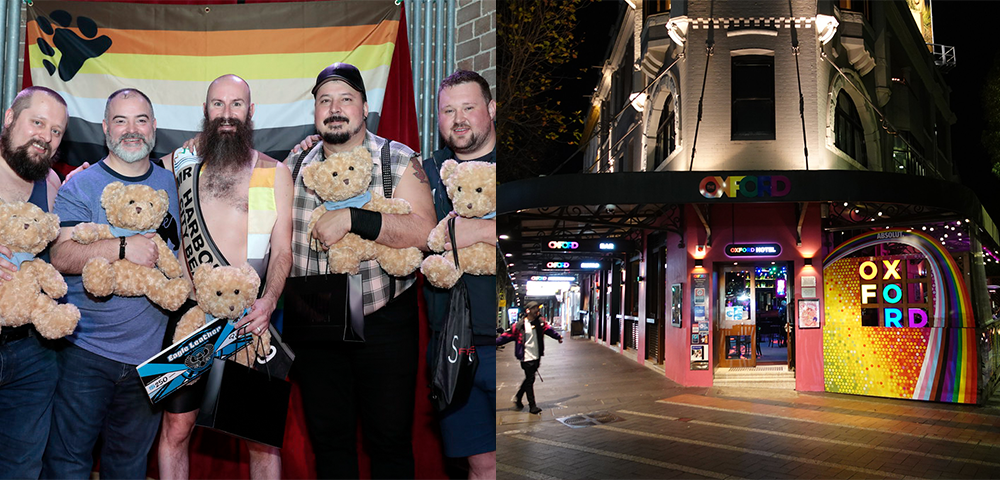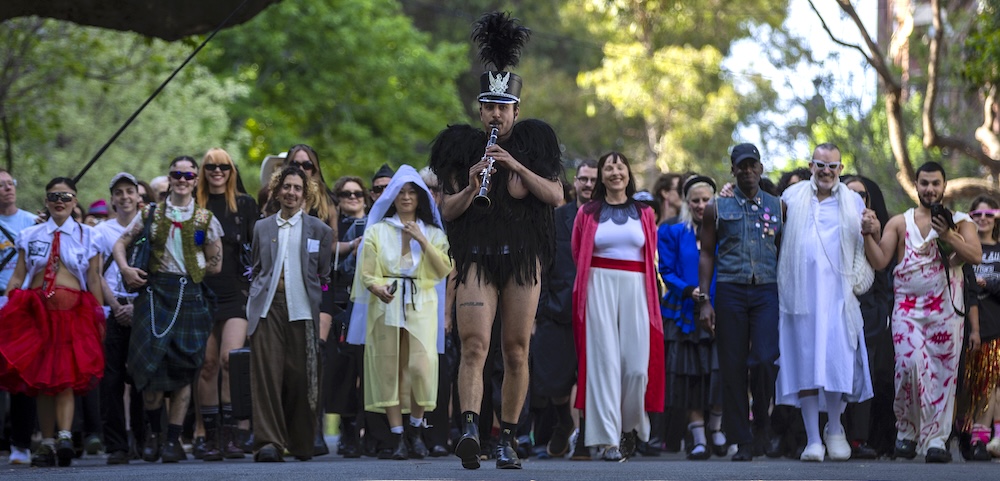
Gay marriage: as old as the hills
We often hear from marriage rights opponents that one of the reasons same-sex couples should be denied full equality is that they have no cultural history of seeking to be part of the institution.
Not only is this silly – imagine if similar thinking had been considered persuasive when deciding whether to give women or indigenous people the vote – but it’s also untrue. There is ample evidence to prove same-sex attracted men have sought to celebrate their relationships through formal unions throughout human history.
Last century the issue of same-sex marriage reared its head as early as 1953 as a cover story in ONE magazine, a publication produced by the Los Angeles chapter of the Mattachine Society.
Created in 1948, the Mattachine Society is probably the earliest successful gay rights organisation to be founded outside Europe. An earlier US group started in 1925 but was broken up very quickly by authorities. The Mattachines even pre-date the term “gay” – back then it was “homophile”.
It was this very issue that provoked the US Postal Service to try to ban ONE on the grounds of obscenity, beginning a five-year legal battle between society members and the Post Office which resulted in the first ever positive ruling by the US Supreme Court in favour of gay rights when it decided ONE could be legally distributed through the mail.
Historians have also discovered the existence of “marriages of brotherhood” performed throughout Christendom from East to West. Beginning in the early centuries AD and continuing until at least the 17th century, the church solemnised the relationships of men who pledged to live together from a single plate and a single purse. And while many of these were innocent arrangements between close friends, it’s clear gay men took advantage of them to solemnise their relationships as well.
When the writer Montaigne wrote of witnessing such marriages in Rome in 1580 he noted that any of these couples caught having carnal relations would be burnt at the stake – the implication being that this was a common problem.
Outside of Christendom, during the Ming Dynasty, gay men in the Chinese province of Fujian were allowed to marry male lovers provided they also took a wife to bear them heirs, and in still older times Roman authors record that among the pagan Gauls “the young men marry each other with complete freedom. In doing this, they incur no reproach or blame, since this is done according to custom amongst them.”
E: apotts@ssonet.com.au









